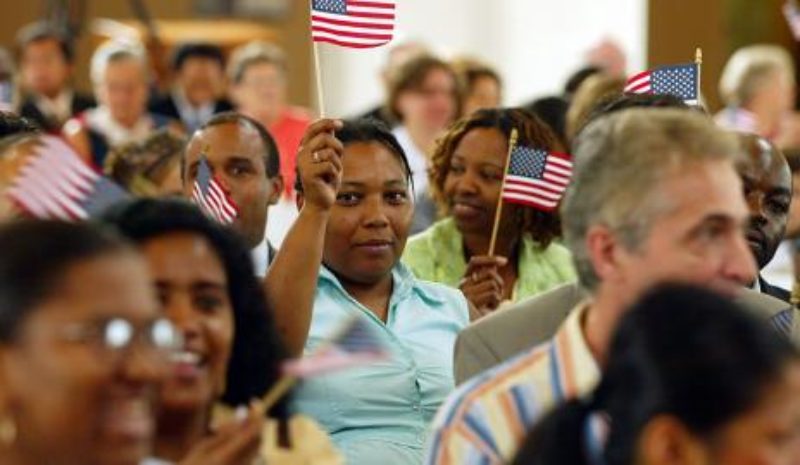Ukraine’s Public Mobilizes to Document War Crimes
By Brian Dooley
From Lviv in the west to Kharkiv 700 miles away in the northeast, people across Ukraine are talking about war crimes and helping to capture evidence.
In the major centers and the smaller towns, Ukraine people are mobilizing to document violations by Russian troops, with many witnesses willing to report what they’ve seen.
“It’s a big change from a few years ago,” says Dmytro Koval of Truth Hounds, a Ukrainian human rights organization established in 2014 to document war crimes in the eastern and southern regions of the country following Russian-backed invasions that year.
“In the Donbas region years ago when we were documenting war crimes, few witnesses would want to give their names, or be publicly associated with giving evidence. Not many at all would give permission for their details to be shared with the media or with national courts. But now everyone wants to talk about what they’ve seen. Trust in the authorities has increased — trust in Ukraine’s state institutions, in the investigators and the prosecutors.”
Truth Hounds has helped educate state officials over the years, and trained government prosecutors on how to advance investigations. This increased credibility is now encouraging the public to collect and share evidence of war crimes.
The interest is so great that Truth Hounds has produced guidelines on how people can help, noting that “Russia’s full-scale war against Ukraine has caused not only a surge in the use of the term [war crimes], but also a sincere desire of thousands of people to help human rights activists document gross violations of the laws and customs of war committed daily by Russian troops in Ukraine.”
The organization has produced illustrated guides on what to collect, how to collect it, and where to send it. It has also just released a two minute video with instructions for filming the consequences of war crimes.
There is much to investigate. Truth Hounds documents violations; in a two-week period in April these included “torture and mass executions of civilians within the territories of Kyiv, Sumy, and Chernihiv Oblasts that were occupied by Russian forces.”
In their reports, the organization records in somber detail information from local witnesses and also names some of the Russian servicemen alleged to be involved in the crimes.
April 9, 2022: In Lukashivka, Chernihiv Oblast, workers of the State Service for Extraordinary Matters found bodies of killed civilians in a local church, where Russian troops had established their headquarters.
April 13, 2022: The head of Sumy Regional Military Administration, Dmytro Zhivitskiy, declared that during the Russian occupation 100 civilians died. Some bodies have been found handcuffed with signs of torture and evidence that they were shot in the head.
April 15, 2022: It became known that the bodies of more than 1,000 civilian residents were found in the formerly occupied areas of Kyiv Oblast. Most of them displayed gunshot wounds. The Mayor of Bucha, Anatolij Fedoruk, has reported that 85 per cent of those killed have signs of gunshots. There have been reports of the bodies of some 300 civilians buried in mass graves in Bucha.
Recording the crimes is a colossal undertaking, and the public is playing its part. “Witnesses don’t press us about when the prosecution will happen, or how soon anyone will be held accountable for what’s happened,” says Koval. “There isn’t much expectation this will happen soon. For now they want their evidence to be heard, they want to tell their stories and contribute to the effort towards justice.”

